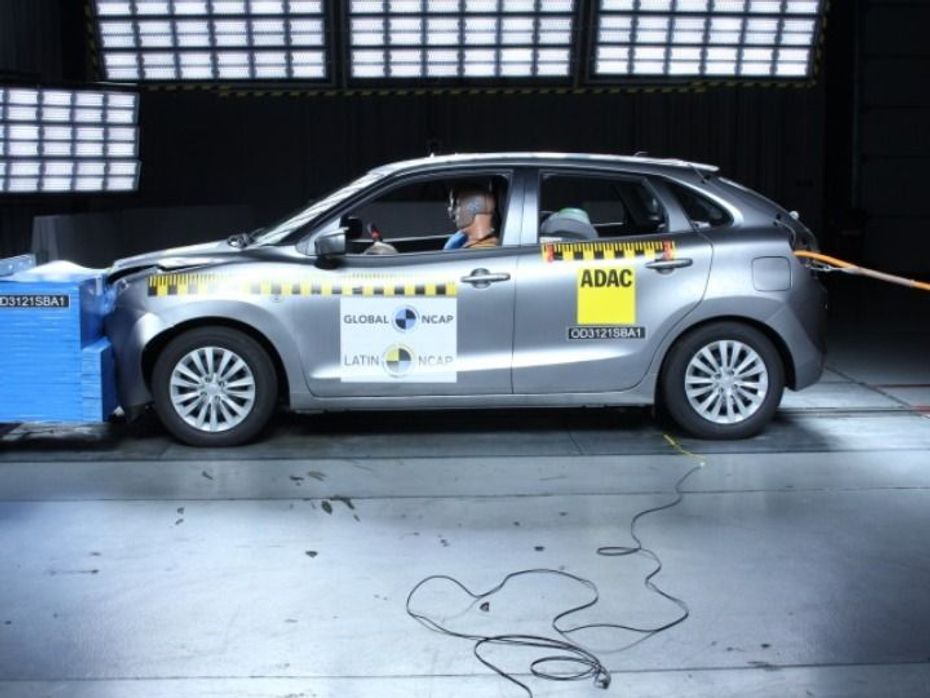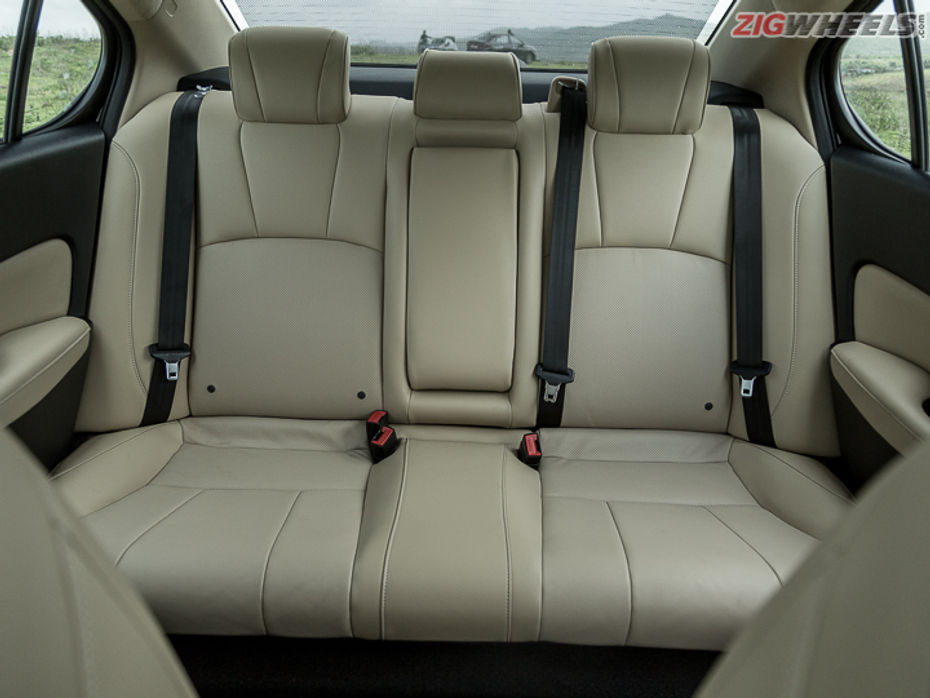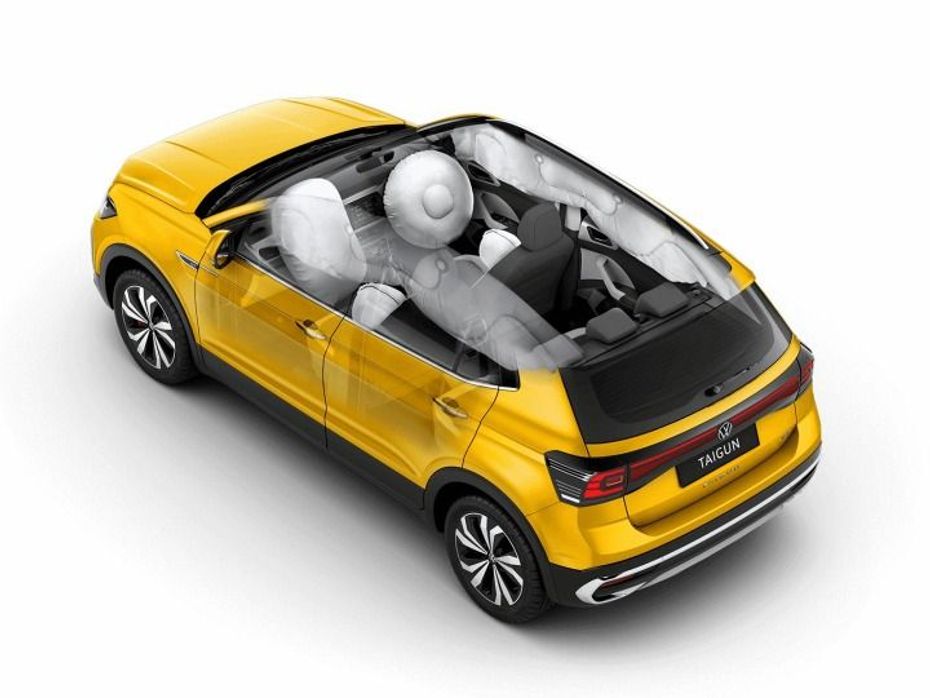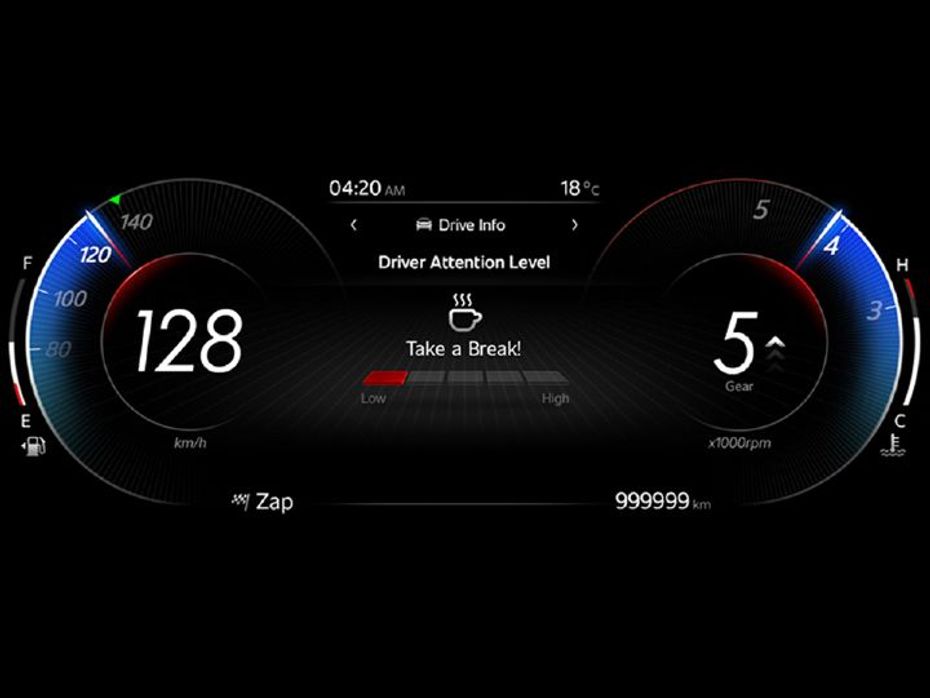
Here’s 5 Of The Most Powerful SUVs On The Planet
- Feb 13, 2022
- Views : 2323


Cars to be evaluated for occupant, pedestrian and other road users’ safety.
12-point plan to add compulsory safety features in new cars includes ESC.
Six airbags and a three-point middle seat belt could become mandatory for all new cars.
Autonomous braking (AEB) and other active safety features also in the plans.
Reports suggest that Nitin Gadkari, the Minister of Road Transport & Highways, has a comprehensive plan to overhaul car safety standards and testing in India. He has hinted at a safety rating standard for cars in the works, alongside a list of new mandates for carmakers. Soon, safety features that are currently reserved for top-spec trims of relatively expensive models could soon become standard on all new cars.

Three-point middle seat belt in the Honda City
A draft notification to make six airbags compulsory for new cars is already out, and another notification is expected for three-point belts soon. Although front three-point seatbelts have been standard equipment for decades, the new law will also cover the rear seat including the middle seatbelt that’s usually a lap belt in most cars.

As for the airbags, many affordable models lack the feature even in top-spec cars. Dual airbags are standard, but they can only protect the front passengers. The new mandate is expected to add curtain and front side airbags to the list of standard features. Curtain airbags can help protect passengers in a side impact, including rear seat occupants.

Driver fatigue warning in the Mahindra XUV700
Some compulsory active safety features also seem to be in the plans. Reportedly, there’s a 12-point list of mandatory provisions that includes stability control, driver fatigue monitoring and autonomous emergency braking (AEB). Stability control, also known as ESC, is a brake-based system that works with the ABS to prevent sudden loss of control in a car.
Also read:
Six Airbags Become Mandatory For All New Cars Starting October
Kia Carens Targeting Minimum 4 Stars In Global NCAP Crash Test
Autonomous braking uses sensors placed at the front of the car to “see” several feet ahead of the car. If the system detects that you’ve failed to avoid the hazard (by braking or turning the wheel), and are about to have a head-on collision, it can immediately slam on the brakes in an attempt to prevent the accident. It’s likely that the upcoming safety tests would also cover the AEB system’s efficacy for different cars.
We expect to see these new safety features become mandatory in the near future, although it’s too early to tell when the safety testing could begin. For now, select India-spec models have been tested by the Global new car assessment programs (NCAP). Watch this space for further announcements from the government for car safety in India.

Here’s 5 Of The Most Powerful SUVs On The Planet

Renault Extends Standard Warranty On Kwid, Triber, And Kiger To 3...

Is The Kia Syros More Compelling Than The Best-selling Hyundai Creta?

Auto Expo 2025 - All You Want To Know About The Hottest Auto Show!

Hyundai Creta Electric REVEALED Ahead Of Auto Expo 2025! Here’s...

Here Is The List Of All Tata Cars Likely To Be Launched In 2025

Mahindra BE 6 Launched: Price For The Top-spec Variant Is Out!

Upcoming Mahindra Cars Expected in 2025: XUV 4XO, Thar Facelift, BE...

JSW MG Motor India Revealed Their New SUV, The MG Majestor At Auto...
India's largest automotive community
 Auto Expo 2025: Toyota Prius Explained In Our Detailed Image Gallery!
Auto Expo 2025: Toyota Prius Explained In Our Detailed Image Gallery!
 Here’s When The Audi RS Q8 Facelift Will Be Launched In India!
Here’s When The Audi RS Q8 Facelift Will Be Launched In India!
 Here Is The List Of Cars Tata Showcased At Bharat Mobility Global Expo 2025
Here Is The List Of Cars Tata Showcased At Bharat Mobility Global Expo 2025
 First In 2022 And Now In 2025! What The Tata Avinya Really Is? – Here’s All You Need To Know
First In 2022 And Now In 2025! What The Tata Avinya Really Is? – Here’s All You Need To Know
 Vayve Mobility Eva
Rs. 3.25 Lakh
Vayve Mobility Eva
Rs. 3.25 Lakh
 BMW X3
Rs. 75.80 Lakh
BMW X3
Rs. 75.80 Lakh
 Hyundai Creta Electric
Rs. 17.99 Lakh
Hyundai Creta Electric
Rs. 17.99 Lakh
 Lotus Emira
Rs. 3.22 Crore
Lotus Emira
Rs. 3.22 Crore
 Lotus Emeya
Rs. 2.33 Crore
Lotus Emeya
Rs. 2.33 Crore